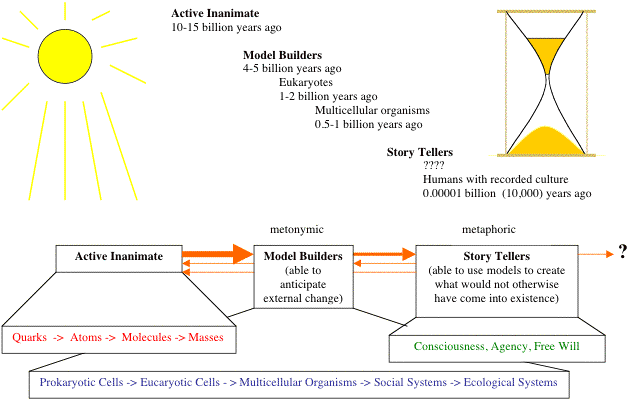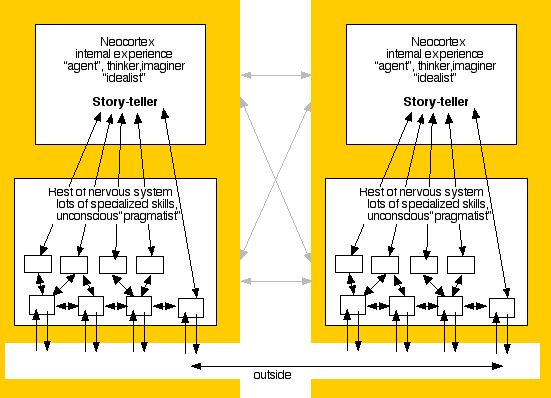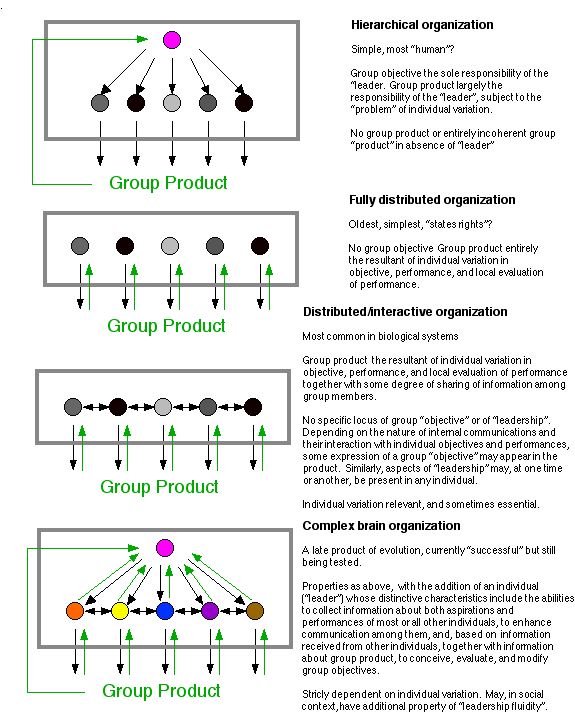|
Three general ideas permeated the environment when I was a young scientist. The first was that the surest route to understanding involved focus and specialization. One was a developmental biologist or a neurobiologist; paying attention to fields other than one's own was, to put it mildly, not regarded as a productive way to invest one's time. A second was that understanding more complex phenomena would follow necessarily from isolating and fully characterizing simpler phenomena that gave rise to them. And a third was that reality (or at least that subset of it that was treated at any given time as within the sphere of rigorous inquiry) was in fact understandable by such an approach, ie that there actually was a well-defined and unique set of properties and rules the discovery of which would progressively make the mysterious and not yet understood predictable.
It was at the time a perfectly reasonable set of ideas, and an environment within which many people were not only quite comfortable but prosperous and productive. And I didn't like it ....
|
Grobstein, 1988
(plus fifteen years)
" ... important aspects of both morphogenesis and brain function (and probably evolution and the immune system as well) are determined not by anything idiosyncratic to these particular systems but rather by some more general set of rules and principles to which they are all subject ... "
"The myth that analysis at finer and finer levels of detail is the objective of studies of morphogenesis and brain function has been effectively driving research for a long time ... the present discussion implies that what is needed in both cases is to identify the involved semi-isolated systems at various levels of organization and to characterize the interactions among them.
"Both morphogenesis and brain function behave to a significant extent as parallel, distributed information processors ... "
"... variance is fundamental rather than either incidental or detrimental to successful biological organization ... without variance the generation of novelty which is so important ... to sustained organization in the face of an unpredictably varying environment [would] be lost."
"It may be time to discard the metaphors of the machine age for not only the health of the biological sciences but that of our culture and species as well."
|
My sense was that there were important patterns visible across fields of inquiry that were missed by getting caught up in idiosyncracies. At least as important, in hindsight, was a distaste for the notion that there was already known to be a right way to engage in scientific inquiry and an even greater distaste for the idea that inquiry in turn was itself simply a process of uncovering things that already exist. Both science and the world, it seemed to me, not only must be more interesting than that but in fact seemed to be.
I felt that "Parallel, distributed information processors" at several interacting "levels of organization" with a significant role for "variance" could open things up a bit in useful ways, as did others in the evolving area of what was then called "complex systems" (the Santa Fe Institute was founded in 1984; Parallel Distributed Processing was published in 1987). That "simple things interacting in simple ways can yield surprisingly complex outcomes" (http://serendipstudio.org/complexity/) didn't challenge the demonstrably productive idea of trying to make sense of the behavior of wholes in terms of parts that made them up. It did, however indicate that one shouldn't expect simple relations between parts and wholes, encouraged more attention to interactions as well as other modifications in research agendas and approaches, at least raised the possibility that "understanding" was not equatable with predictability, and certainly offered the potential of similar explanations of similar phenomena in quite different realms.
|



